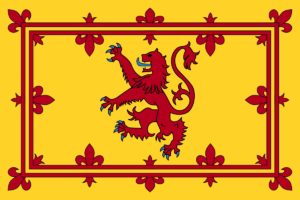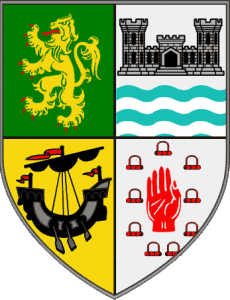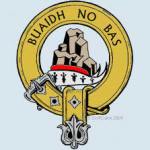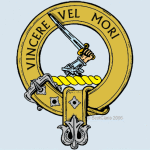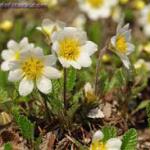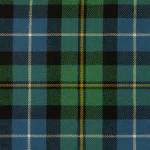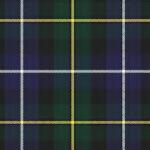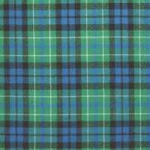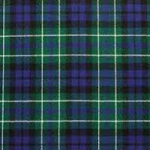COAT OF ARMS
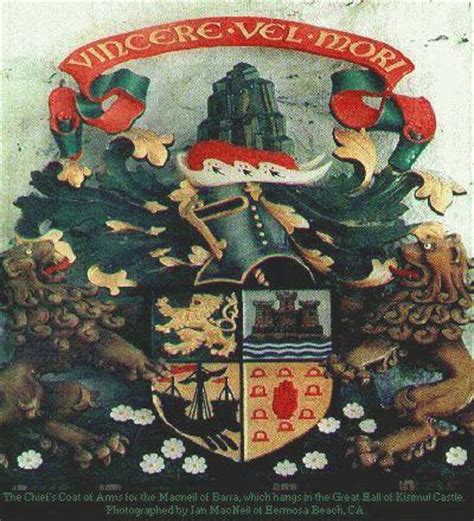
In Scotland, all coats of arms belong to a single person. The coat of arms typically attributed to clan MacNeil belongs solely to the current chief of the clan. A depiction of the coat of arms is painted in the Great Hall of Kisimul Castle in Castlebay, Barra, Scotland.
This coat of arms is divided into quarters:
Upper Left: Lion Rampant (mimicking the Royal Standard of the King of Scotland)
Upper Right: Castle in the water (symbolizing Kisimul Castle in Castlebay)
Lower Left: 3-masted ship (Representing either the seafaring nature of the clan or the migration of the clan from the Ulster, Ireland to Barra, Scotland
Lower Right: Red Hand of Ulster surrounded by nine shackles
representing Niall of the Nine Hostages
Surrounding the Coat of Arms:
Crest: a Rock (same as on the clan badge)
Chapeau: Red velvet cap lined with ermine, symbolic of a Baron
Helm: Height of the Helmet is determined by rank
Mantle: Fabric surrounding the Arms
Supporters: Two lions rampant
Compartment: The base of the Arms, made of Dryas
flowers (the clan badge)
Heraldry Arms Granted to MacNeil, McNeill,
Macneal, MacNeile Families
Barra Colonsay & Gigha
BADGES
Barra Colonsay & Gigha
The original clan badges were morely plants worn in bonnets or hung from a pole or spear. The Dryas flower belonged to Barra, Colonsay and Gigha.
TARTAN
Ancient Modern
Barra
Colonsay & Gigha
FLAGS
Isle of Barra Scotland-St. Andrew
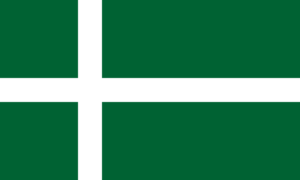
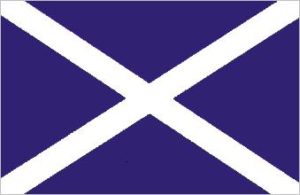
Royal Banner of Scotland
